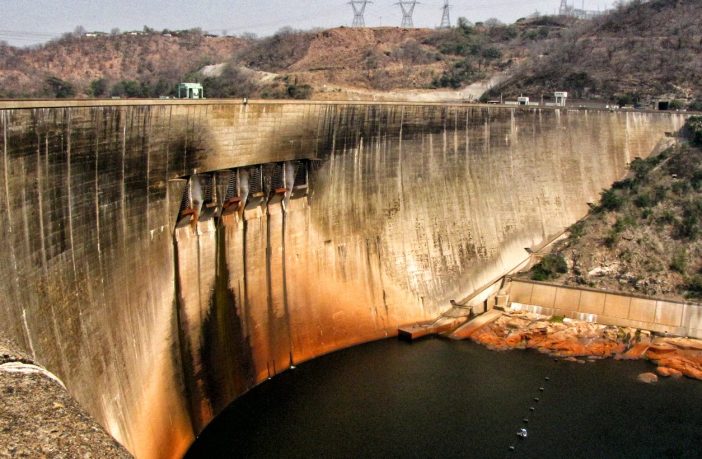- Bloomberg News has cited Anthony Mukutuma, a director at First Quantum Minerals’s Zambian unit as saying that imports from Eskom is helping to minimise faltering hydroelectric supply.
- “Power imports from Eskom that were not factored into earlier assumptions are mitigating the impact of this decrease,” Mukutuma told the newswire.
- Zambia has an installed generation capacity of 3 777 MW of mainly hydropower which is falling way short of a peak demand of 2 400 MW due to the ongoing drought.
“As such, we expect power supply to First Quantum Minerals operations to continue uninterrupted,” added Mukutuma.
South Africa’s newly unbundled National Transmission Company (NTCSA) has been supplying Zambia with 250MW of power since August , the utility told Bloomberg News. No details have been forthcoming from NTCSA on the terms of the power purchase agreement (PPA).
There are plans to double that within a month under a separate deal with the help of a regional electricity-trading company called Africa GreenCo, CEO Ana Hajduka said in an interview with Bloomberg News.
Zambia’s energy crisis
Zambia’s state-owned power utility warned it may cease generating electricity at the Kariba dam by October because the nation’s worst drought yet is depleting water levels at the world’s largest artificial reservoir.
Kariba Dam water allocation for electricity generation cut by almost half in 2024.
The dam falls under the management of the Zambezi River Authority, a corporation jointly and equally owned by the governments of Zambia and Zimbabwe. Zimbabwe has a power station on the north bank (1050MW) while Zambia’s is on the south bank of the dam (1080MW). Last year, Zimbabwe used more than its water quota for electricity generation and ignored the Zambezi River Authority’s regulatory requirements to the detriment of Zambia. Read more
This general outlook is highly influenced by the increasing occurrence of El Niño weather conditions, which are expected to significantly impact negatively, the rainfall season in Southern Africa. The 2024 rainfall profile outlook implies a high likelihood of below-normal Zambezi River inflows into Lake Kariba.
Desperate measures
ZESCO has launched a Net Metering Program, set to begin this month, designed to promote the adoption of renewable energy sources amongst existing customers, allowing them to generate their own electricity and feed any excess power back into the grid. ZESCO also recently announced a new power rationing schedule starting July 15, 2024.
Read more on Zambia’s energy crisis HERE
South Africa, who are emerging from their own energy crisis, are not out of the woods yet. Loadshedding (blackouts) remain suspended and Eskom achieving 170 consecutive days of uninterrupted power supply since 26 March 2024.
Eskom announced in August its outlook for the summer period, 01 September 2024 to 31 March 2025, that detailed a likely scenario of a loadshedding-free summer outlook due to structural generation improvements. This remains in force. Further details can be found here: Summer Outlook and business operations update.
Author: Bryan Groenendaal
















